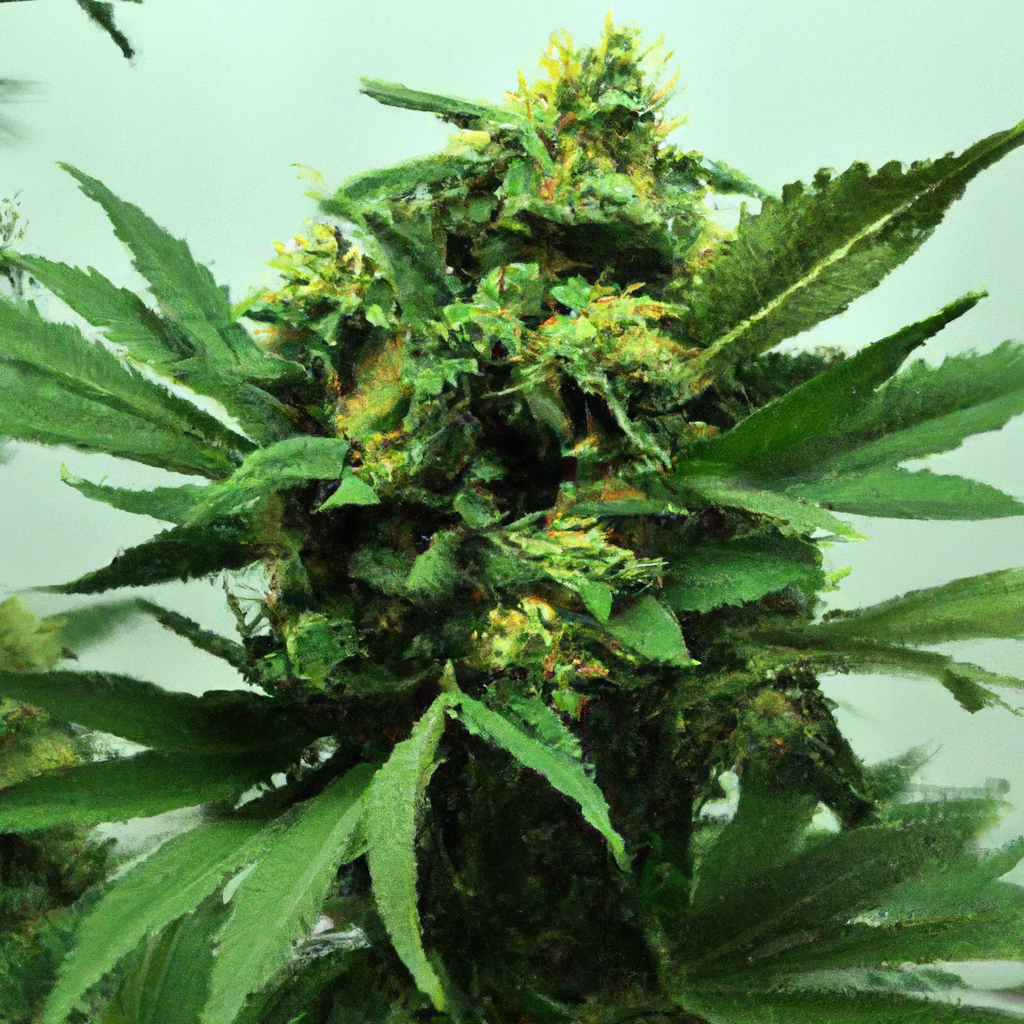Your cart is currently empty!
Autoflowering cannabis strains have transformed the cannabis cultivation landscape with their fast growth cycle and robust characteristics. This guide aims to provide you with advanced tips and techniques to ensure a successful autoflowering cannabis grow, regardless of your experience level.
Understanding Autoflowering Cannabis
Unlike photoperiod strains, autoflowering cannabis plants transition from the vegetative stage to flowering without relying on light cycle changes. These strains typically complete their life cycle in 8-10 weeks, allowing multiple harvests in a single season. Autoflowering characteristics derive primarily from Cannabis ruderalis genetics, which are notable for thriving in challenging environments.
Choosing the Right Growing Environment
Optimizing your growing environment is vital for maximizing the genetic potential of autoflowering cannabis. Consider the following elements:
- Light Intensity: While autoflowers don’t need light cycle alterations, ample light—18 to 24 hours—is essential during the entire life cycle for optimal growth and yield.
- Climate Control: Maintain consistent temperatures between 70-85°F and humidity levels around 40-50% to promote healthy development.
- Ventilation: Adequate airflow prevents mold and pest issues, ensuring robust growth.
Feeding and Nutrient Management
Since autoflowers complete their cycle quickly, managing nutrients efficiently is crucial:
- Nutrient Mix: Use a balanced nutrient solution with lower nitrogen levels during the flowering stage to prevent nutrient burn.
- Soil Mix: Choose light, airy soil blends that offer proper drainage and root support.
- Timing: Start nutrients at lower concentrations and gradually increase only if plants show signs of nutrient needs.
Ensuring Efficient Plant Care
Autoflowers can be sensitive to stress; thus, minimal intervention often results in better yields:
- Low-Stress Training (LST): Consider using LST techniques to maximize light exposure without causing significant stress, as these strains show limited recovery ability from topping or high-stress pruning.
- Water Management: Allow the top inch of soil to dry out between waterings to prevent overwatering, which can stunt growth.
Conclusion
Growing autoflowering cannabis successfully requires a strategic approach tailored to their unique characteristics. By understanding their environmental needs, managing nutrients efficiently, and ensuring gentle plant care, you can optimize your harvest and enjoy the benefits of this fast-growing strain.
Master the art of cultivating autoflowering cannabis to enjoy rapid, rewarding harvests that enhance your cultivation repertoire.
Tags: AutofloweringCannabis, Cannabis, CultivationTips, GrowingTips
Discover more from Magic Clones
Subscribe to get the latest posts sent to your email.


Leave a Reply